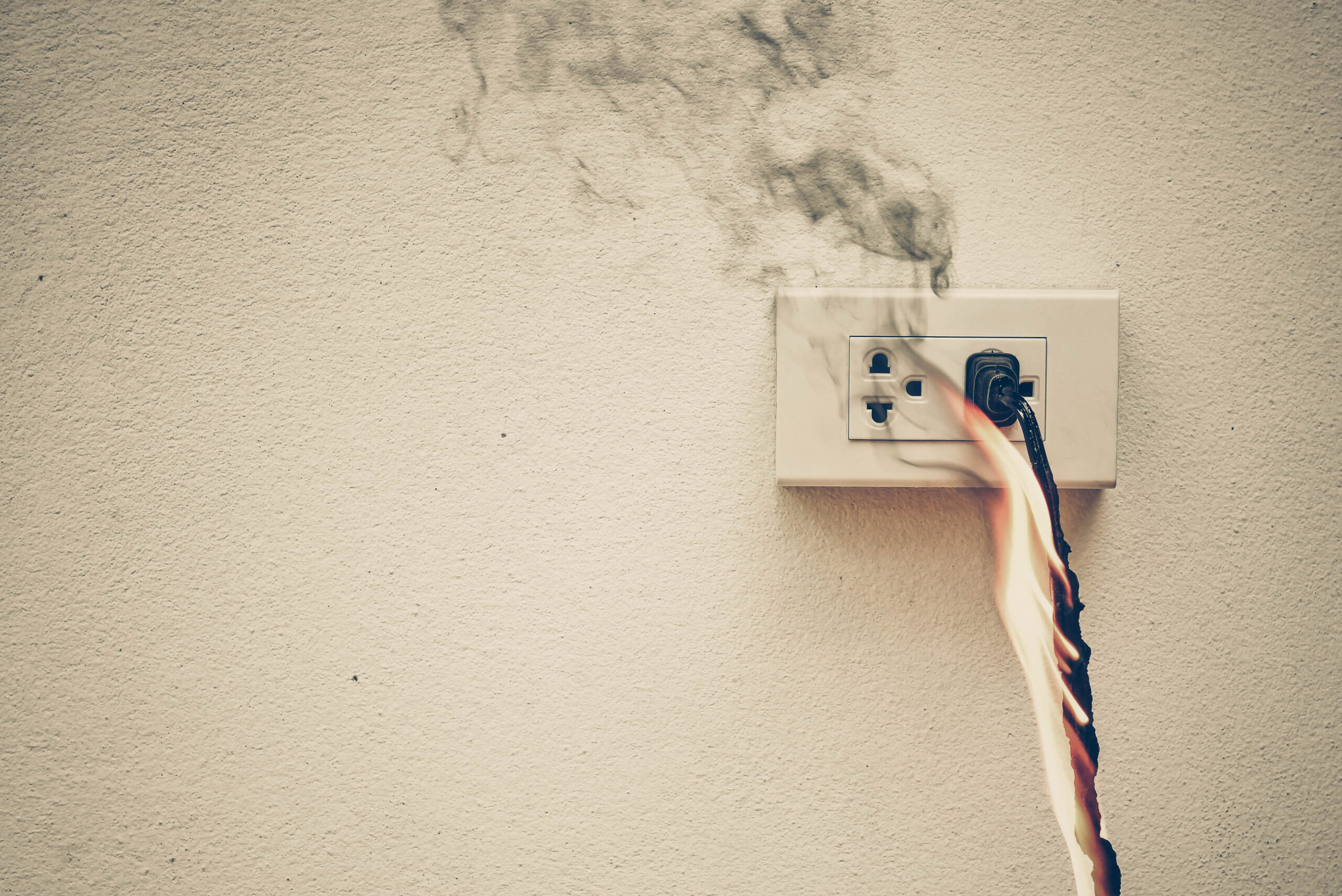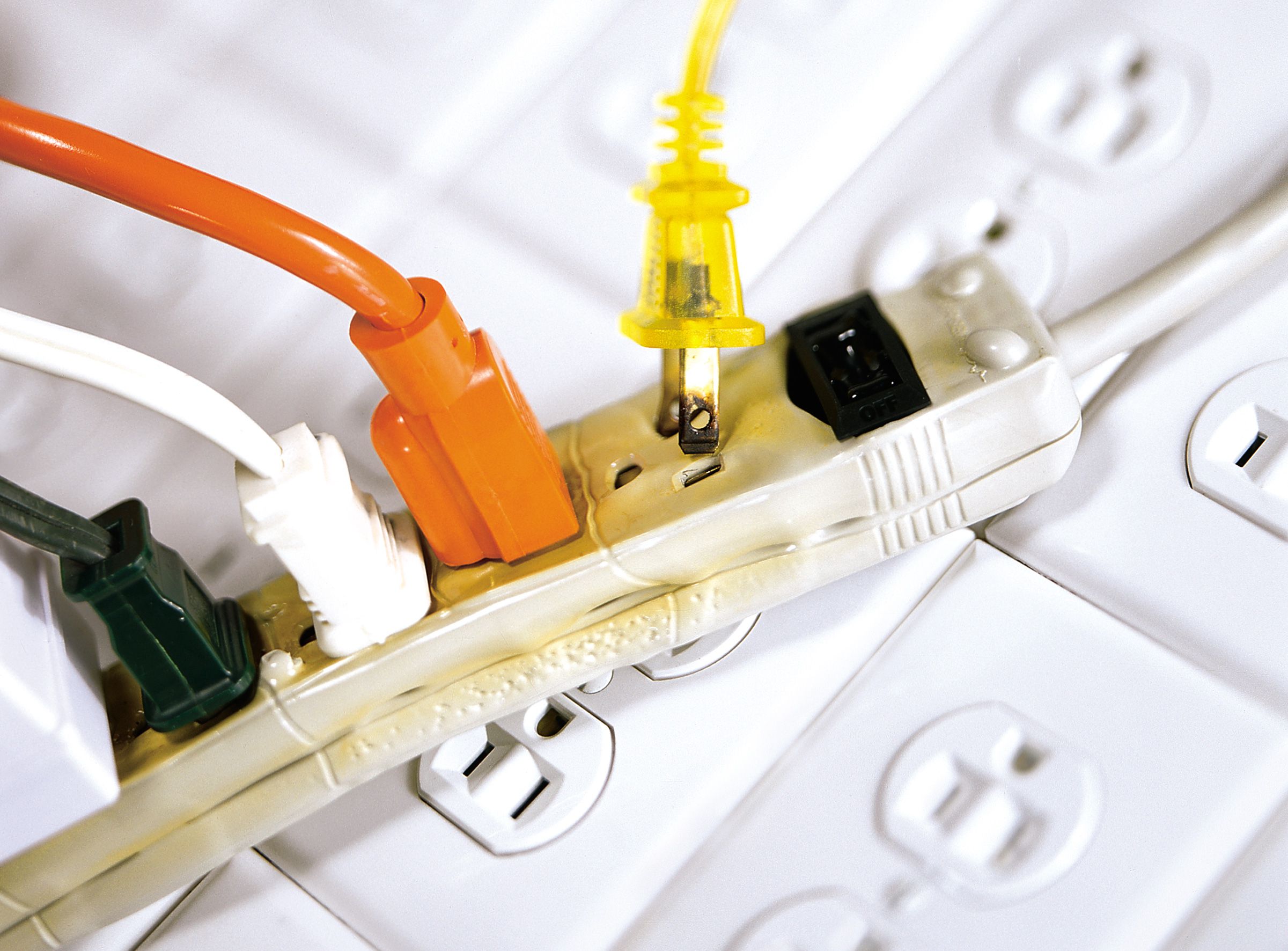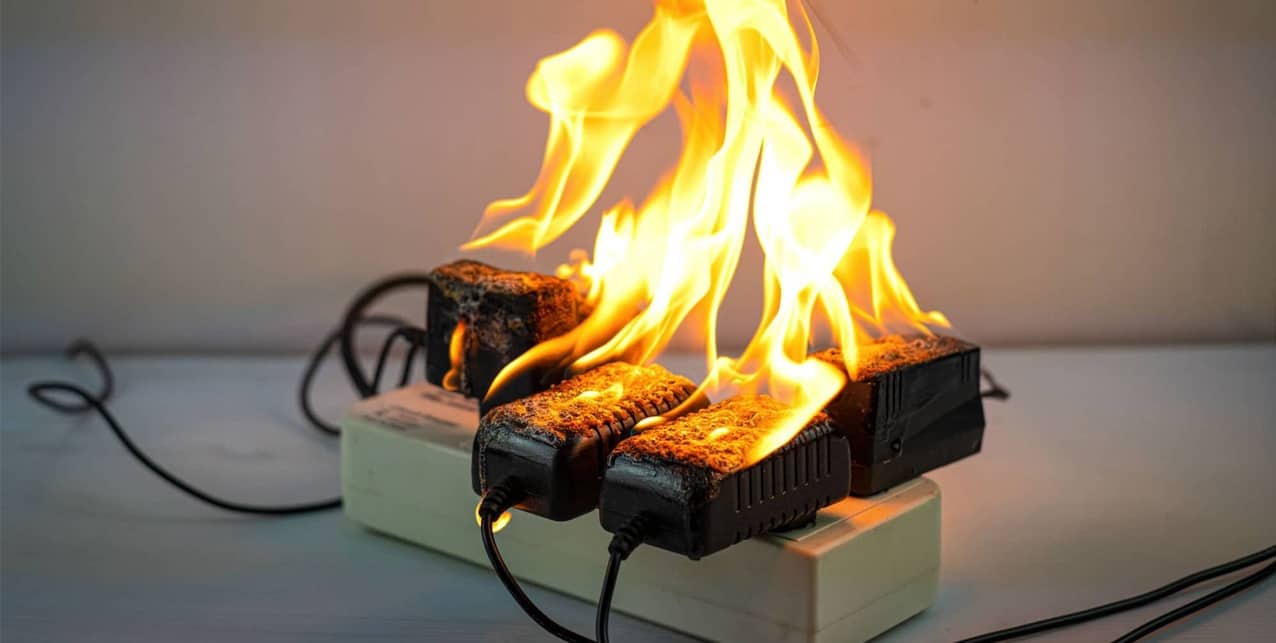Welcome to our comprehensive guide on understanding power surge damage and how it can affect your household appliances. As homeowners, we often overlook the potential risks associated with electrical fluctuations. However, it’s crucial to be informed about the impacts of power surges and the measures we can take to protect our homes. In this blog, we’ll delve into the nitty-gritty of power surges in house, uncover the causes, and offer practical solutions to safeguard your appliances. Whether you’re dealing with constant power surges in house or curious about power out refrigerator issues, this guide is tailored for the average homeowner, with easy-to-understand language and expert insights.
Here at The Energy Professor, we want to give you the information you need to not only save money on your energy bill but to also become more energy efficient. We hope find this post helpful! And makes it easier for you to know more about power surges in house. Be sure to also check out our one-of-a-kind energy savings calculator!
The Energy Professor Electricity Rate Check Tool
Can Power Outages Damage Electrical Appliances?

When the power grid experiences fluctuations, it can lead to power surges in the house, potentially causing damaged appliances. This is especially true when there’s a sudden restoration of electricity after an outage. The swift spike in voltage can overwhelm the delicate circuits within your appliances, leading to issues like appliances not working after power outage. Even a brief power surge damage can have lasting impacts, from a temporary power out refrigerator to more serious scenarios like power surge destroyed appliances. It’s important to be aware of these risks, especially in areas prone to constant power surges in house or those experiencing partial power outages.
Are Partial Power Outages Dangerous?
- Yes, they can be. When power returns after an outage, the sudden jolt of electricity can cause a power surge. This unexpected spike in voltage can be harmful to any plugged-in appliances, potentially leading to damaged appliances. In essence, appliances are designed to handle a certain voltage range, and anything beyond this can cause malfunction or even permanent damage.
Partial power outages, where power cuts off in only part of the home, can be particularly concerning. Such scenarios often indicate deeper electrical issues and can lead to uneven voltage distribution when the power returns. This imbalance can result in a power surge, posing a risk to your appliances. Partial power outage at home and partial power loss in home situations should be promptly addressed by a professional to mitigate risks.
Related Post: Whats the Difference Between a Blackout and a Brownout?
What Causes a Power Surge?

Power surges, stemming from both external and internal sources, can significantly impact your home’s electrical system. External surges are often caused by natural events like lightning strikes, which send high-voltage spikes through power lines, potentially causing severe damage. Internally, surges can occur when high-powered devices switch on and off, disrupting the steady voltage flow. This is further compounded by factors like faulty wiring, overloading circuits, or outdated electrical systems, leading to constant power surges in house. These internal surges, though less intense than external ones, can still pose a risk to your appliances and require attention to prevent power surge damage. Understanding these dynamics is essential for safeguarding your home against electrical fluctuations.
How Does a Power Outage Damage Appliances
During a power outage, the flow of electricity is interrupted. When power is restored, it can come back with a surge, a brief but intense increase in electrical current. This surge can overload the delicate circuits in electronics, leading to appliances not working after power outage. Devices like computers, televisions, and even refrigerators can suffer from power surge damage.
Related Post: What are the Types of Power Surges?
How to Prevent Power Surge Damages

Proactively protecting your home from power surges is crucial, and a 2-tier approach can significantly reduce the risk of damage. The first tier involves installing surge protectors, which absorb excess voltage to prevent it from reaching and damaging your appliances. These can be whole-house surge protectors, installed at the electrical panel for comprehensive protection, or point-of-use protectors for individual appliances. The second tier is maintaining and upgrading your home’s electrical system, including regular inspections and repairs. This prevents conditions leading to surges, such as overloaded circuits or outdated infrastructure. By combining these measures, you create a robust defense against power surges, ensuring the safety and longevity of your appliances.
2-Tier Approach to Preventing Power Surging in Your Home
- Surge Protectors: These devices are installed either as a whole-house system or as individual outlet units. They help in managing unexpected spikes in voltage, thereby protecting your appliances.
- Electrical System Maintenance: Regular checks and maintenance of your home’s electrical system can prevent conditions that lead to surges. Such as why does my power keep surging and power in house keeps surging. Additionally, updating older wiring can mitigate power surge damage to house wiring.
Understanding the dynamics of power surges and taking steps to protect your appliances is vital for every homeowner. While power surge destroyed appliances is a severe outcome, it’s largely preventable with the right knowledge and tools. By recognizing the signs of constant power surges in house and implementing protective measures, you can safeguard not just your appliances but also ensure the safety of your home. Remember, when it comes to electricity, it’s always better to be safe than sorry.
Related Post: Power Surge VS Power Outage – What’s the Difference?
Power Surge Damage FAQ

Q: How can I tell if my appliance has been damaged by a power surge?
A: Signs of power surge damage include appliances failing to turn on, displaying error messages, or functioning erratically. If you notice any unusual behavior in your appliances after a power surge. Then it’s advisable to have them inspected by a professional.
Q: Are all appliances equally at risk during a power surge?
A: No, some appliances are more vulnerable to power surges than others. Electronics with microprocessors, like computers, TVs, and microwaves, are particularly sensitive to voltage spikes.
Q: How often should I replace my surge protectors?
A: Surge protectors don’t last forever. They should be replaced approximately every two to three years or sooner if they’ve experienced a major power surge.
Q: Are surge protectors effective against lightning-induced surges?
A: Surge protectors can mitigate damage from smaller surges. But might not be completely effective against direct or nearby lightning strikes, which can produce extremely high voltage levels.
Do you Need Cheaper Electricity?
If you’ve taken the time to understand the information on your bill and discovered you’re paying more than you’d like for your electricity. Have you looked around for a cheaper deal? The Energy Professor has a wealth of information on ways to save on your utilities, including details of top deals that could significantly reduce your monthly or quarterly electricity bills.
We hope you found this article helpful! If you are looking for ways to increase energy efficiency and sustainability in your home be sure to take a look at all of the latest renewable energy options in your area. The Energy Professor helps residential and small business owners find qualified energy suppliers in New York, New Jersey, Pennsylvania, Texas, Ohio, Maryland, Illinois, and Massachusetts.


